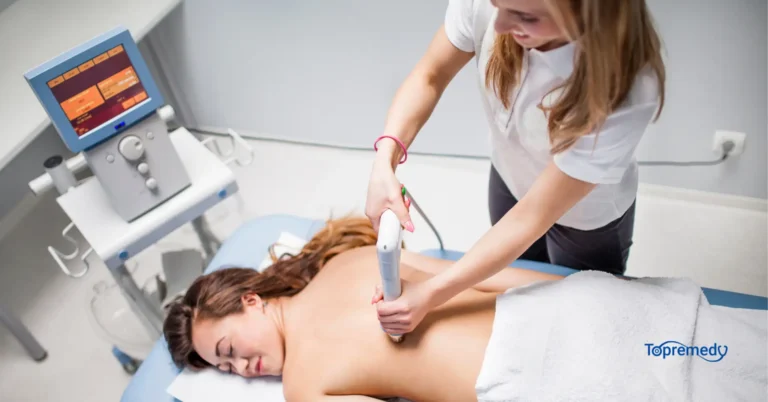UNVEILING HEALTH TOURISM: FROM THE PEN OF OUR CLINIC PARTNERS
What is Electrotherapy?
Electrotherapy is a therapeutic treatment that uses electrical currents to influence the function of electroconductive tissues in the human body. Given that the human body is composed of approximately 60% water, it serves as an excellent conductor of electric current. This makes electrotherapy an effective method for treating various conditions, particularly those involving nerves and muscles. Additionally, connective tissues and certain internal organs, such as the urinary bladder and large bowel, can also benefit from electrotherapy.
The currents used in electrotherapy have been rigorously tested and proven to be safe and effective. Depending on the desired outcome, either direct or alternating currents (of low, middle, or high frequency) are employed. The application of these currents is determined by the expertise and discretion of spa physicians and physiotherapists.
How Electrotherapy Helps
Electric currents alter the electrical properties of the affected tissues, resulting in various therapeutic effects. These include:
Pain Suppression: Reduces pain by interfering with pain signals.
Muscle Relaxation or Stimulation: Helps in either relaxing or stimulating muscles, depending on the need.
Softening of Stiff Tissues: Makes stiff tissues more pliable.
Improved Blood Circulation: Enhances blood flow to the treated area.
Reduction of Swelling: Decreases inflammation and swelling.
Enhanced Immunity: Boosts the body’s immune response.
Alleviation of Inflammation: Reduces inflammation in the affected area.
Electrotherapy’s specific effects depend on the current’s quality, including its frequency, amplitude, and intensity.
Medical Prescription and Treatment Details
Electrotherapy is typically administered by a physiotherapist or a trained nurse and usually lasts a few minutes (up to 20). However, treatments involving direct current may take longer, ranging from 30 to 60 minutes. Electrotherapy can be combined with ultrasound for enhanced effectiveness and is most beneficial when taken in a series of applications. The frequency and duration of these applications must be prescribed by a physician, who will also determine the precise type of current and its application method.
Various types of electrodes are used in electrotherapy, including:
Plate Electrodes: Placed in humid protective sheaths and fastened with straps.
Suction-Cup Electrodes: Provide a vacuum effect that alternates to create a micro-massage, improving circulation and oxygen flow.
Pen-Like or Button Electrodes: Used for more targeted applications.
Indications and Contraindications
Advisable for:
Musculoskeletal diseases
Orthopaedic and accident rehabilitation
Neurological diseases
Vascular problems in limbs
Not advisable for:
Metallic implants (e.g., cardiostimulators, joint replacements, screws) at the current pathway
Infectious diseases
Fever
Acute inflammation
Untreated or uncontrolled hypertension
Epilepsy (neck area to be avoided, elsewhere possible)
Acute thrombosis
Phlebitis
Leg ulcers and other skin defects
Incontinence
Pregnancy
Unstable diabetes
Psychosis
Alcohol or drug abuse
Severe cardiovascular disease
Malignant tumours (at the site of application, elsewhere possible)
Blood disorders
Electrotherapy is a versatile and effective treatment method that leverages the body’s natural conductivity to promote healing and alleviate various conditions. Proper medical guidance and application can offer significant benefits for many ailments. Always consult a healthcare professional to determine if electrotherapy suits your specific needs.

